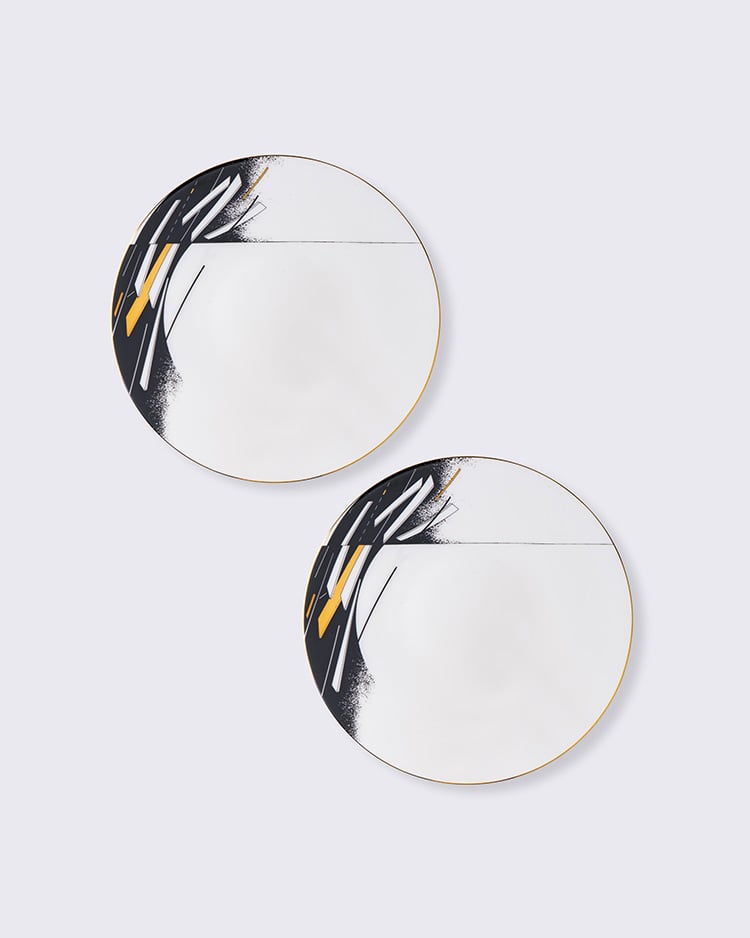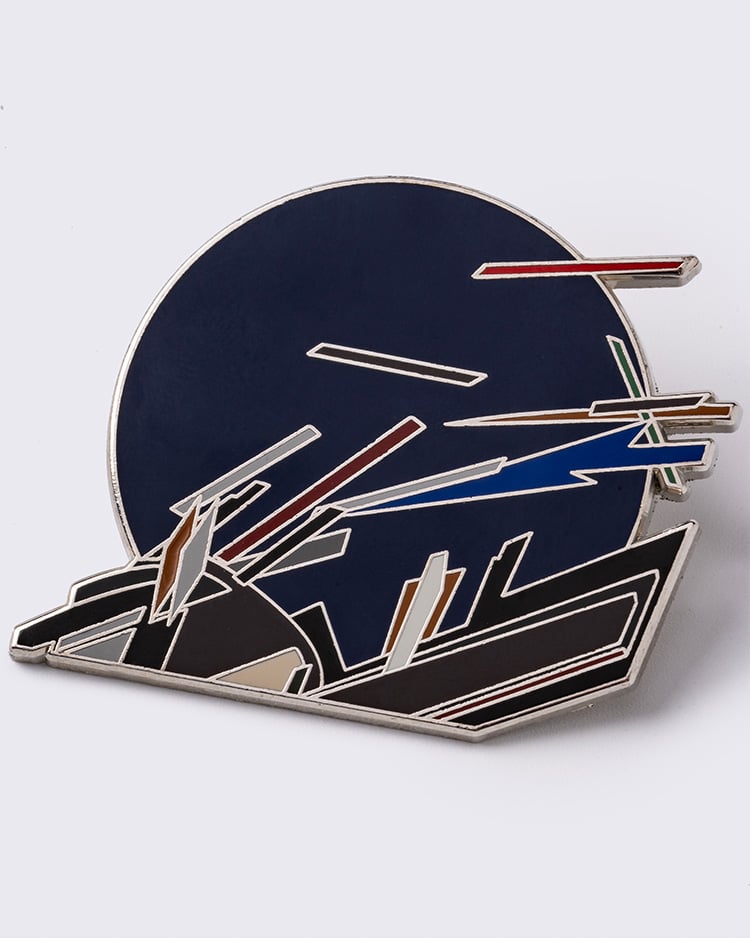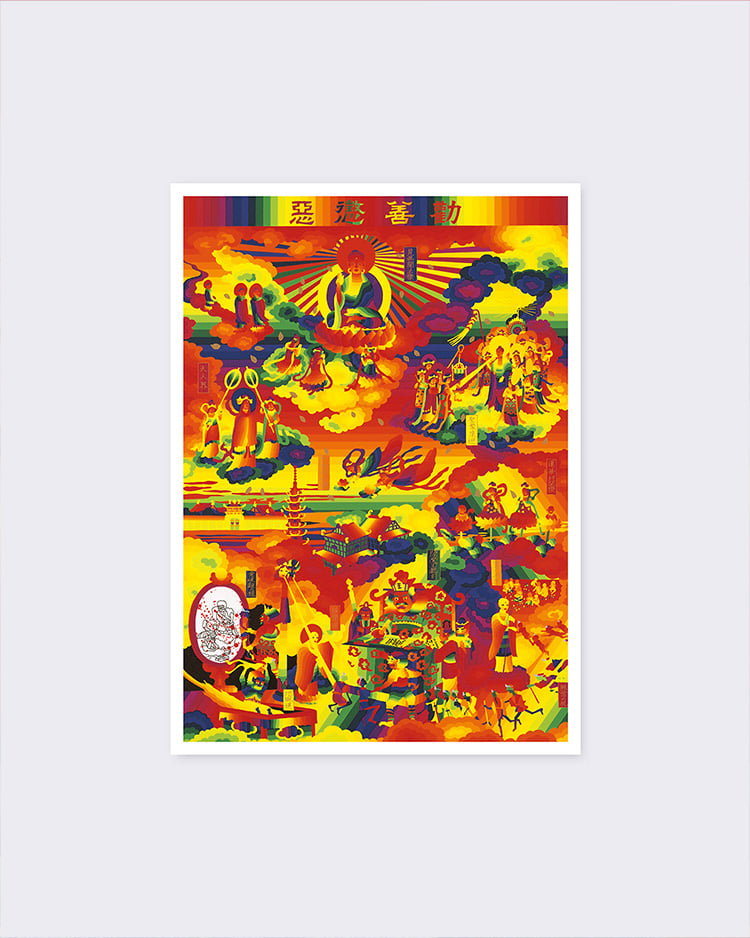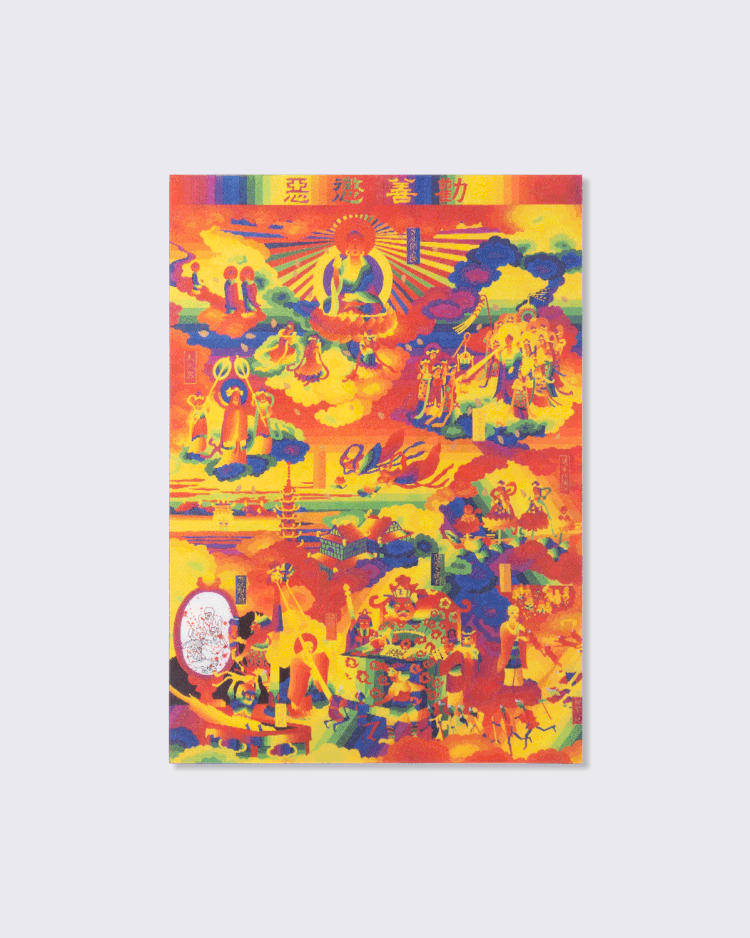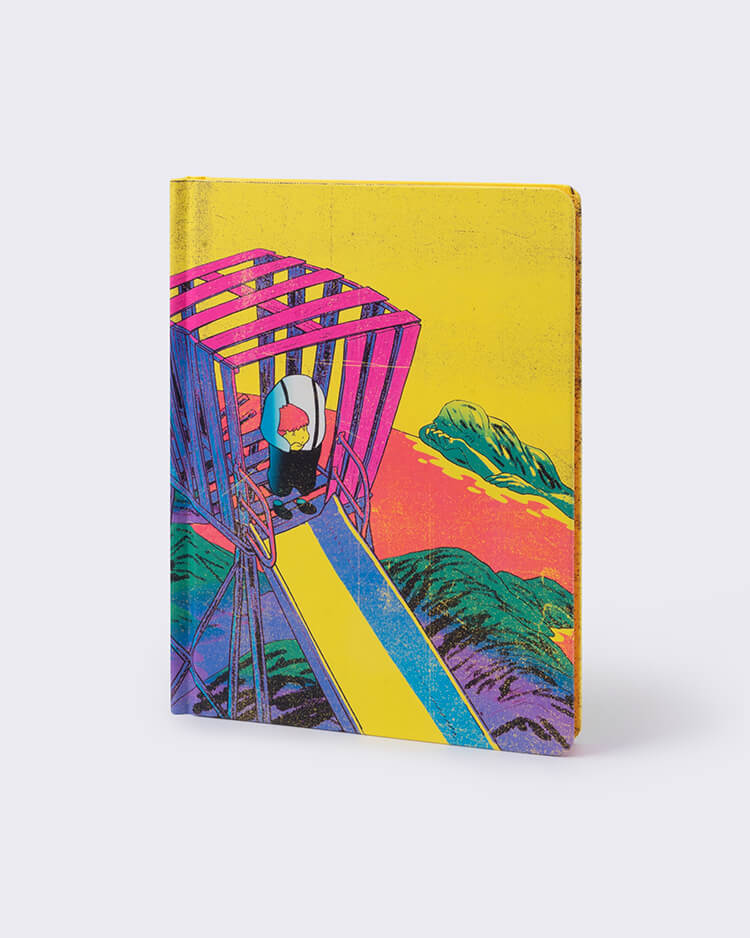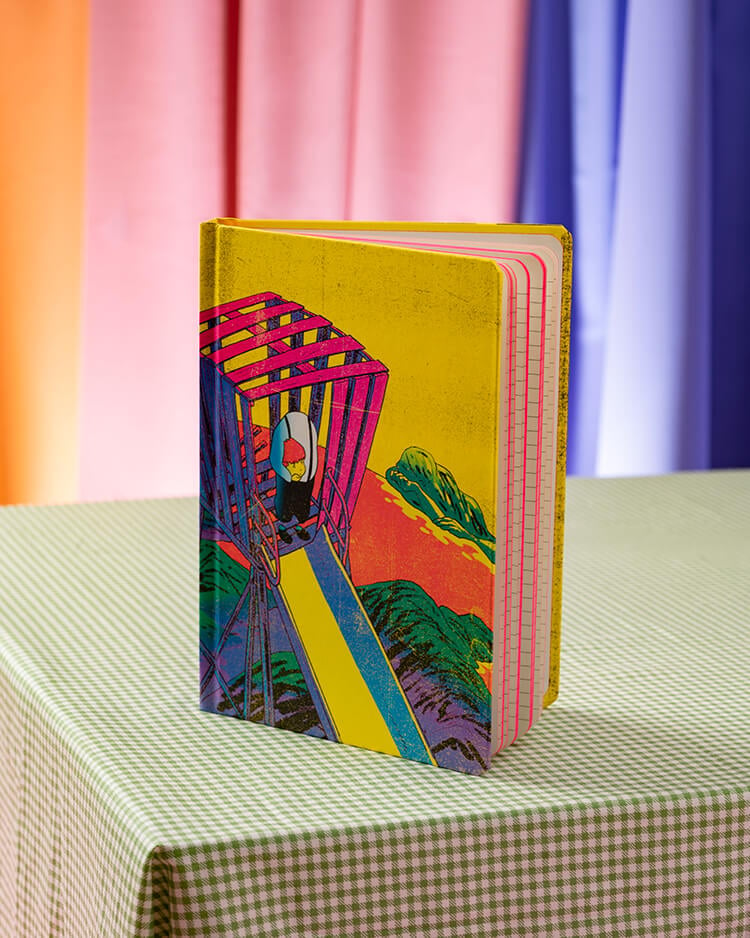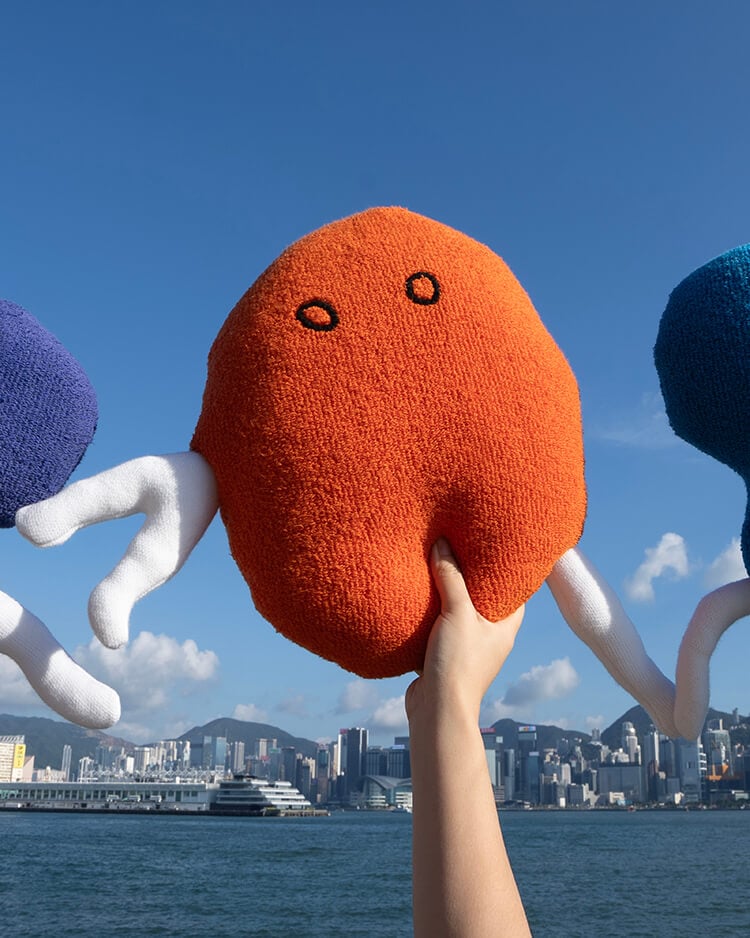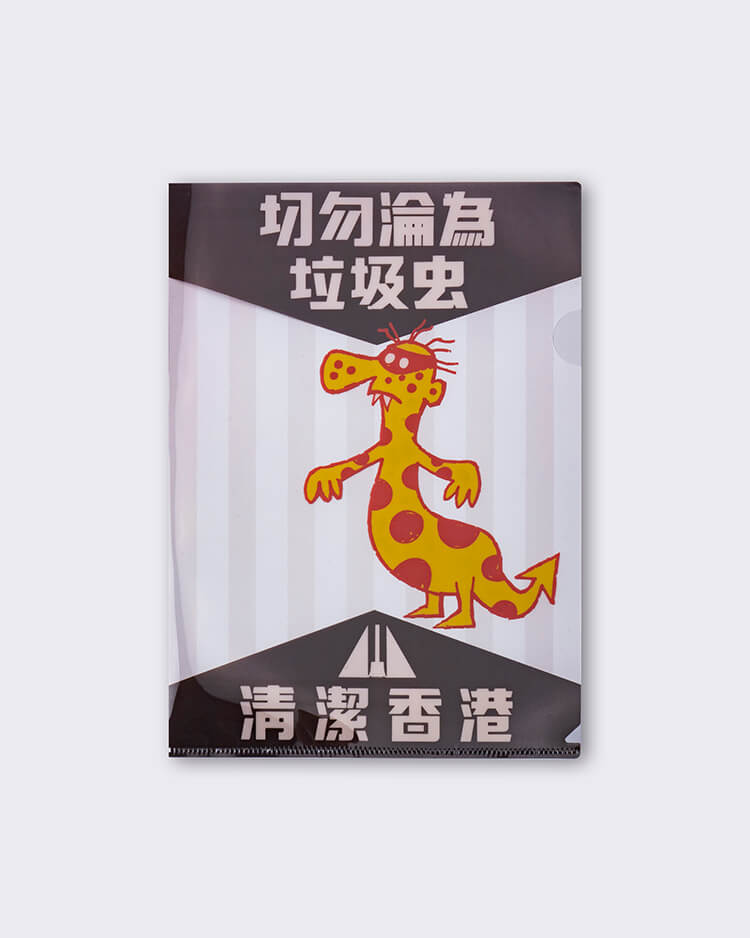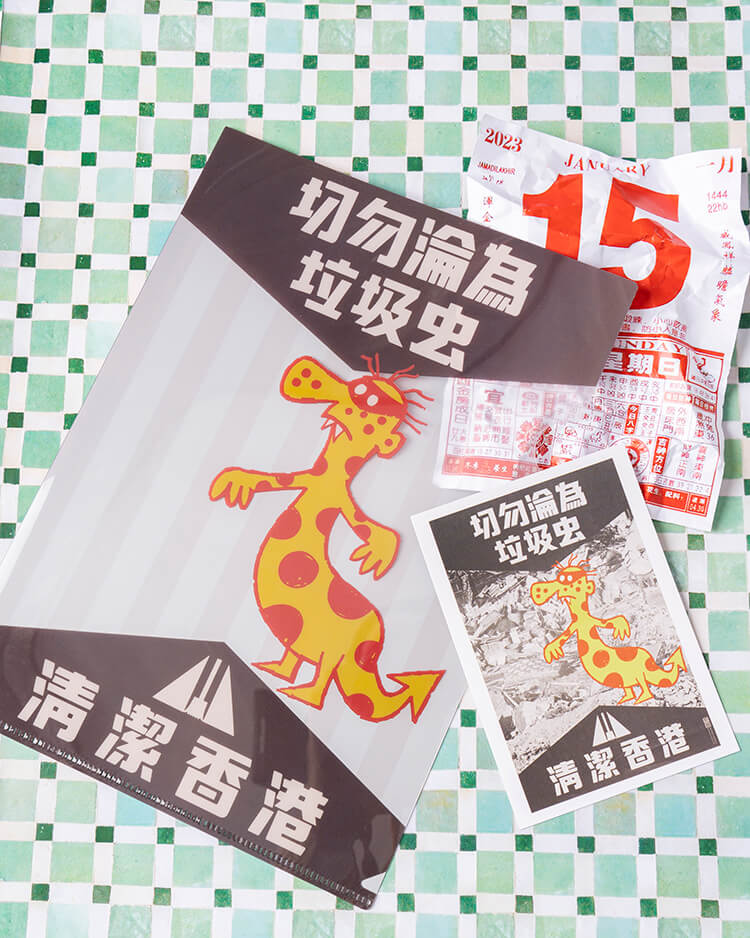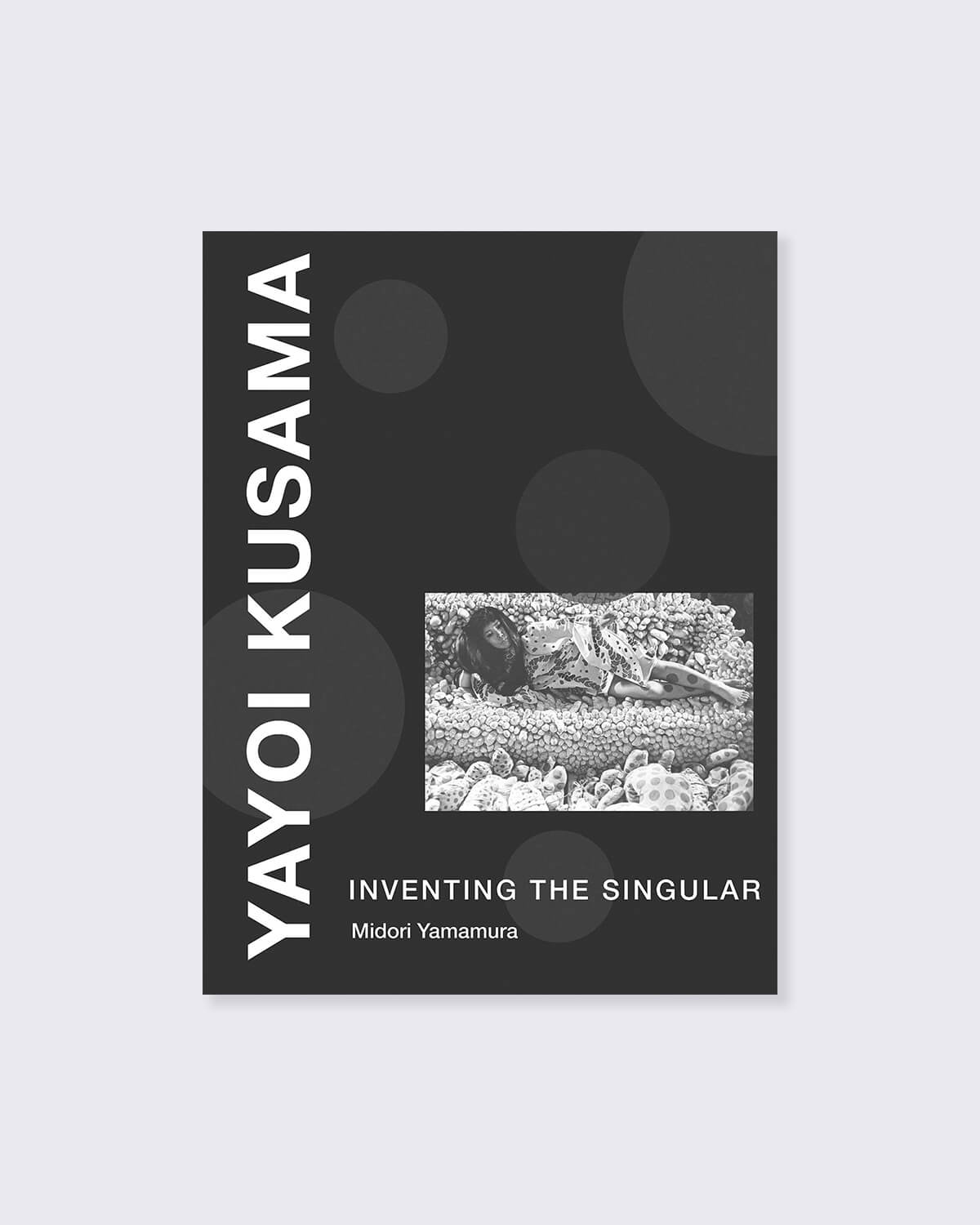
產品資訊
Product Information
只供英文版本
An examination of Yayoi Kusama's work that goes beyond the usual biographical interpretation to consider her place in postwar global art history.
Yayoi Kusama is the most famous artist to emerge from Japan in the period following World War II. Part of a burgeoning international art scene in the early 1960s, she exhibited in New York with Andy Warhol, Donald Judd, Claes Oldenburg, and other Pop and Minimalist luminaries, and in Europe with the Dutch Nul and the German Zero artist groups. Known for repetitive patterns, sewn soft sculptures, naked performance, and suggestive content, Kusama's work anticipated the politically charged feminist art of the 1970s. But Kusama and her work were soon eclipsed by a dealer-controlled art market monopoly of white male American artists. Returning to Japan in 1973, Kusama became almost as famous for her self-proclaimed mental illness and permanent residence in a psychiatric hospital as she was for her art. In this book, Midori Yamamura eschews the usual critical fascination with Kusama's biography to consider the artist in her social and cultural milieu. By examining Kusama's art alongside that of her peers, Yamamura offers a new perspective on Kusama's career.
Yamamura shows that Kusama, who came of age in totalitarian wartime Japan, embraced art as an anticonformist pursuit, seeking a subjective autonomy that resulted in the singular expression of her art. Examining Kusama's association with European and New York art movements of the 1960s and her creation of psychedelic light-and-sound ""Happenings,"" Yamamura argues that Kusama and her heterogeneous peers defied and undermined various pillars of modernity during the crucial transition from the modern nation-state to global free-market capitalism.
The art market rediscovered Kusama in the 1990s, and she has since had a series of high-profile exhibitions. Recounting Kusama's story, Yamamura offers an incisive, penetrating analysis of postwar art's globalization as viewed from the periphery.
An examination of Yayoi Kusama's work that goes beyond the usual biographical interpretation to consider her place in postwar global art history.
Yayoi Kusama is the most famous artist to emerge from Japan in the period following World War II. Part of a burgeoning international art scene in the early 1960s, she exhibited in New York with Andy Warhol, Donald Judd, Claes Oldenburg, and other Pop and Minimalist luminaries, and in Europe with the Dutch Nul and the German Zero artist groups. Known for repetitive patterns, sewn soft sculptures, naked performance, and suggestive content, Kusama's work anticipated the politically charged feminist art of the 1970s. But Kusama and her work were soon eclipsed by a dealer-controlled art market monopoly of white male American artists. Returning to Japan in 1973, Kusama became almost as famous for her self-proclaimed mental illness and permanent residence in a psychiatric hospital as she was for her art. In this book, Midori Yamamura eschews the usual critical fascination with Kusama's biography to consider the artist in her social and cultural milieu. By examining Kusama's art alongside that of her peers, Yamamura offers a new perspective on Kusama's career.
Yamamura shows that Kusama, who came of age in totalitarian wartime Japan, embraced art as an anticonformist pursuit, seeking a subjective autonomy that resulted in the singular expression of her art. Examining Kusama's association with European and New York art movements of the 1960s and her creation of psychedelic light-and-sound ""Happenings,"" Yamamura argues that Kusama and her heterogeneous peers defied and undermined various pillars of modernity during the crucial transition from the modern nation-state to global free-market capitalism.
The art market rediscovered Kusama in the 1990s, and she has since had a series of high-profile exhibitions. Recounting Kusama's story, Yamamura offers an incisive, penetrating analysis of postwar art's globalization as viewed from the periphery.
只供英文版本
An examination of Yayoi Kusama's work that goes beyond the usual biographical interpretation to consider her place in postwar global art history.
Yayoi Kusama is the most famous artist to emerge from Japan in the period following World War II. Part of a burgeoning international art scene in the early 1960s, she exhibited in New York with Andy Warhol, Donald Judd, Claes Oldenburg, and other Pop and Minimalist luminaries, and in Europe with the Dutch Nul and the German Zero artist groups. Known for repetitive patterns, sewn soft sculptures, naked performance, and suggestive content, Kusama's work anticipated the politically charged feminist art of the 1970s. But Kusama and her work were soon eclipsed by a dealer-controlled art market monopoly of white male American artists. Returning to Japan in 1973, Kusama became almost as famous for her self-proclaimed mental illness and permanent residence in a psychiatric hospital as she was for her art. In this book, Midori Yamamura eschews the usual critical fascination with Kusama's biography to consider the artist in her social and cultural milieu. By examining Kusama's art alongside that of her peers, Yamamura offers a new perspective on Kusama's career.
Yamamura shows that Kusama, who came of age in totalitarian wartime Japan, embraced art as an anticonformist pursuit, seeking a subjective autonomy that resulted in the singular expression of her art. Examining Kusama's association with European and New York art movements of the 1960s and her creation of psychedelic light-and-sound ""Happenings,"" Yamamura argues that Kusama and her heterogeneous peers defied and undermined various pillars of modernity during the crucial transition from the modern nation-state to global free-market capitalism.
The art market rediscovered Kusama in the 1990s, and she has since had a series of high-profile exhibitions. Recounting Kusama's story, Yamamura offers an incisive, penetrating analysis of postwar art's globalization as viewed from the periphery.
Publisher: MIT Press
Author: Midori Yamamura
Format: Hardback
Language: English
Size: 17.5 x 1.9 cm
Extent: 256 pp
Publication time: January 2015
ISBN: 9780262029476
An examination of Yayoi Kusama's work that goes beyond the usual biographical interpretation to consider her place in postwar global art history.
Yayoi Kusama is the most famous artist to emerge from Japan in the period following World War II. Part of a burgeoning international art scene in the early 1960s, she exhibited in New York with Andy Warhol, Donald Judd, Claes Oldenburg, and other Pop and Minimalist luminaries, and in Europe with the Dutch Nul and the German Zero artist groups. Known for repetitive patterns, sewn soft sculptures, naked performance, and suggestive content, Kusama's work anticipated the politically charged feminist art of the 1970s. But Kusama and her work were soon eclipsed by a dealer-controlled art market monopoly of white male American artists. Returning to Japan in 1973, Kusama became almost as famous for her self-proclaimed mental illness and permanent residence in a psychiatric hospital as she was for her art. In this book, Midori Yamamura eschews the usual critical fascination with Kusama's biography to consider the artist in her social and cultural milieu. By examining Kusama's art alongside that of her peers, Yamamura offers a new perspective on Kusama's career.
Yamamura shows that Kusama, who came of age in totalitarian wartime Japan, embraced art as an anticonformist pursuit, seeking a subjective autonomy that resulted in the singular expression of her art. Examining Kusama's association with European and New York art movements of the 1960s and her creation of psychedelic light-and-sound ""Happenings,"" Yamamura argues that Kusama and her heterogeneous peers defied and undermined various pillars of modernity during the crucial transition from the modern nation-state to global free-market capitalism.
The art market rediscovered Kusama in the 1990s, and she has since had a series of high-profile exhibitions. Recounting Kusama's story, Yamamura offers an incisive, penetrating analysis of postwar art's globalization as viewed from the periphery.
Publisher: MIT Press
Author: Midori Yamamura
Format: Hardback
Language: English
Size: 17.5 x 1.9 cm
Extent: 256 pp
Publication time: January 2015
ISBN: 9780262029476
你們可以配送到哪些地區?
大部分的產品都適用於我們的國際配送服務。為了確保產品能順利到達,我們建議你在訂購前確認好你所在地區的關稅。
我可以到門店提取嗎?
我們歡迎購買非訂製產品的顧客選擇門店提取,運費全免。
我訂購的產品要多久送達?
配送時間視乎產品類型和配送目的地,並會在結帳頁面上顯示。在一般情況下,本地訂單需要2-3天,國際訂單需要3-5天。
詳情請參閱「常見問題」。
大部分的產品都適用於我們的國際配送服務。為了確保產品能順利到達,我們建議你在訂購前確認好你所在地區的關稅。
我可以到門店提取嗎?
我們歡迎購買非訂製產品的顧客選擇門店提取,運費全免。
我訂購的產品要多久送達?
配送時間視乎產品類型和配送目的地,並會在結帳頁面上顯示。在一般情況下,本地訂單需要2-3天,國際訂單需要3-5天。
詳情請參閱「常見問題」。
